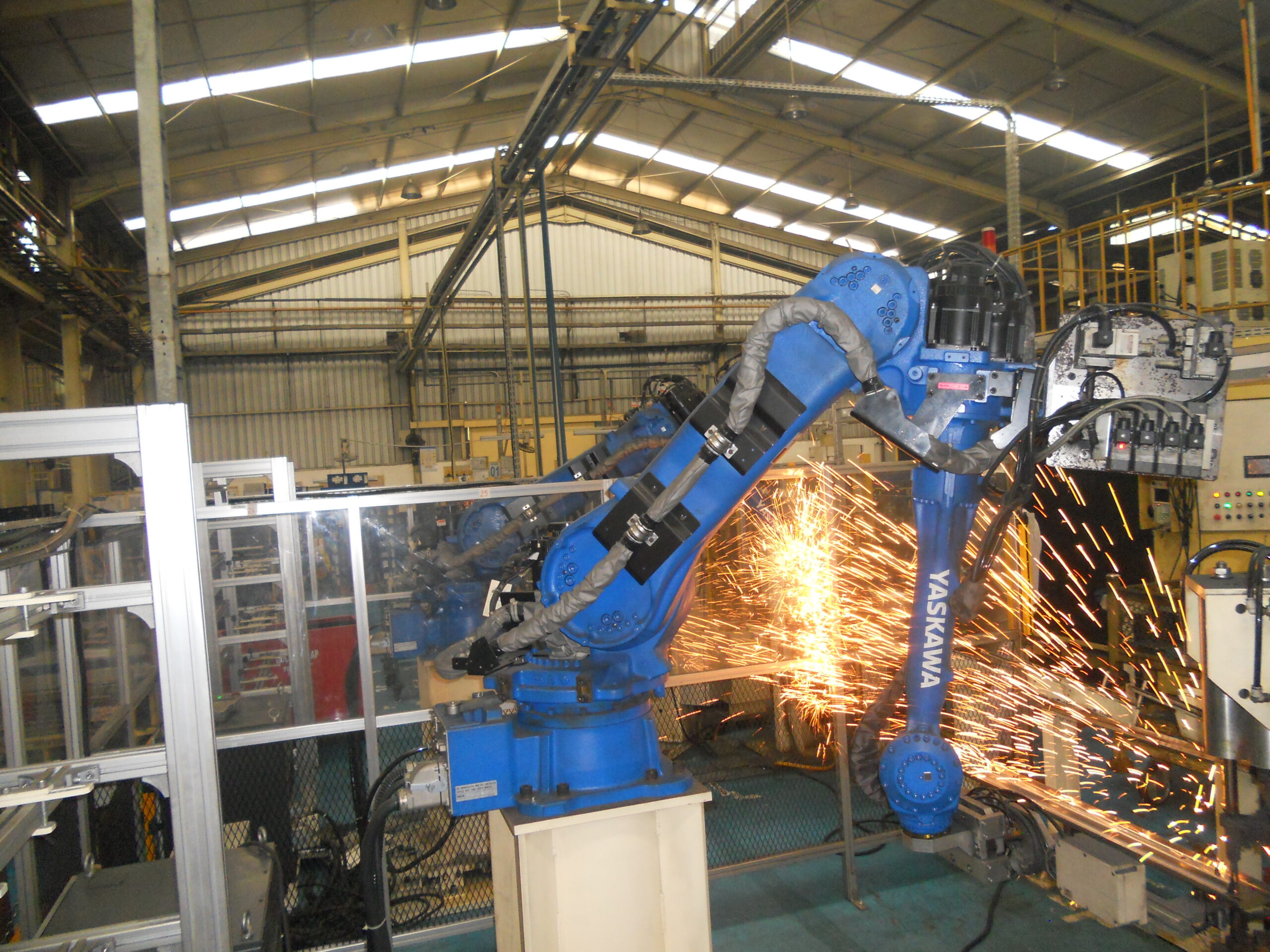Collaborative robot welding, also known as cobots, is revolutionising the field of industrial manufacturing. These advanced robotic systems work alongside human operators, augmenting their capabilities and improving overall efficiency and safety in welding processes. In this article, we will explore the concept of collaborative robot welding, its benefits, and its impact on the manufacturing industry.
This innovative approach marries the precision of robots with the adaptability and finesse of skilled human welders. By seamlessly integrating artificial intelligence and machine learning, these collaborative robots navigate complex welding tasks with unparalleled accuracy. Gone are the days of the human vs. machine dichotomy; instead, collaborative robot welding envisions a harmonious partnership where human expertise guides robotic precision. This not only enhances efficiency and productivity but also transforms the welding process into a symphony of technological prowess and human ingenuity, setting new standards in the world of metal fabrication.
Collaborative robot welding involves the use of robotic systems equipped with advanced sensors and intelligent programming. Unlike traditional industrial robots that require safety cages and isolation from human workers, cobots are designed to work collaboratively in the same workspace as humans. They are programmed to perform welding tasks autonomously or under the guidance of human operators.
The integration of cobots in welding processes brings numerous advantages. Firstly, it enhances productivity and efficiency. Collaborative robots can work tirelessly without the need for breaks, ensuring continuous production and reducing cycle times. They can also perform repetitive and labor-intensive welding tasks with precision and consistency, minimising errors and rework.
Additionally, cobots improve safety in the manufacturing environment. Advanced sensors enable them to detect the presence of humans or obstacles in their vicinity, triggering immediate responses to prevent collisions or accidents. This allows human operators to work alongside the cobots safely, focusing on tasks that require their expertise and problem-solving skills.
Another benefit of collaborative robot welding is flexibility. Cobots can be easily programmed and reprogrammed to adapt to different welding requirements and product variations. This agility enables manufacturers to switch between different welding tasks quickly or product lines, enhancing production versatility and reducing downtime.
The integration of artificial intelligence and machine learning further enhances the capabilities of cobots. These technologies enable cobots to analyze data, learn from previous welding tasks, and optimize their performance over time. This continuous improvement process increases the efficiency and quality of welding operations, leading to higher overall product quality.
Collaborative robot welding is applicable in various industries, including automotive, aerospace, and electronics. It is particularly beneficial in complex welding applications that require precision and consistency, such as welding of intricate components or structures. By leveraging the capabilities of cobots, manufacturers can achieve higher production volumes, improved product quality, and greater cost-efficiency.
It is important to note that successful implementation of collaborative robot welding requires careful planning and integration into existing manufacturing processes. Proper training of human operators and maintenance personnel is crucial to ensure safe and effective collaboration between humans and cobots.
In conclusion, collaborative robot welding, or cobots, is transforming the manufacturing industry by enhancing efficiency, safety, and flexibility in welding processes. The ability to work collaboratively with human operators, coupled with advanced sensors and intelligent programming, makes cobots valuable assets in industrial manufacturing. To find out more, visit Cyber-Weld.
For more on how smart accessories can enhance vehicle efficiency, check out Maximizing Efficiency Upgrading Your Vehicle with Smart Accessories.



